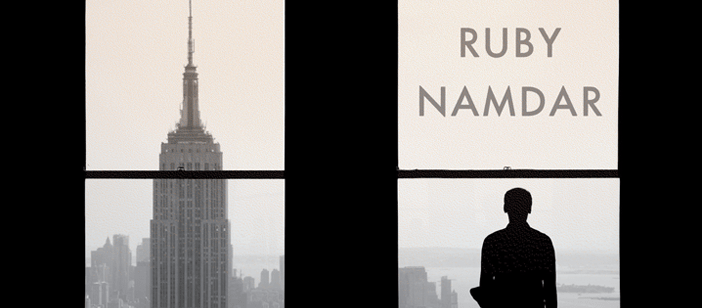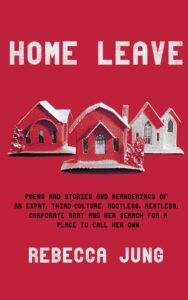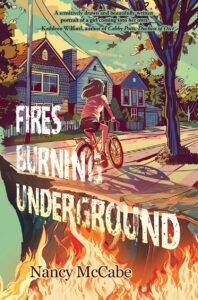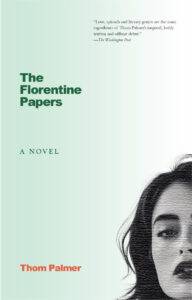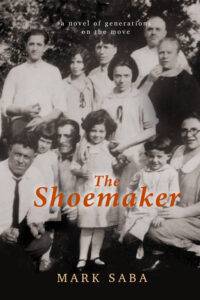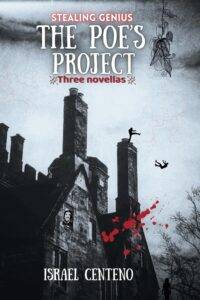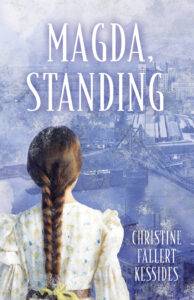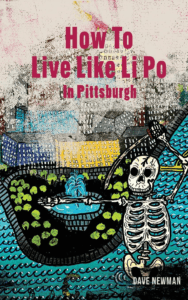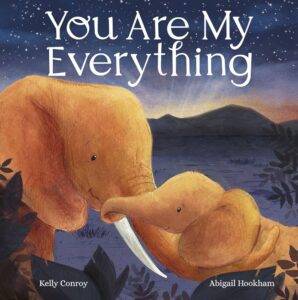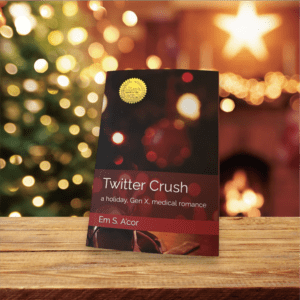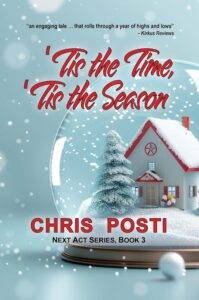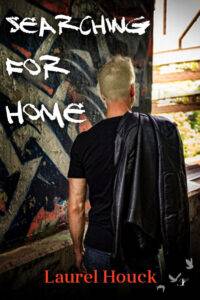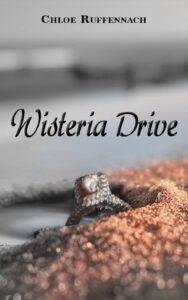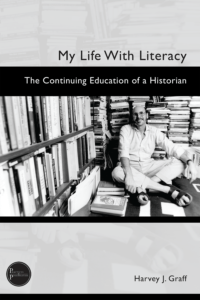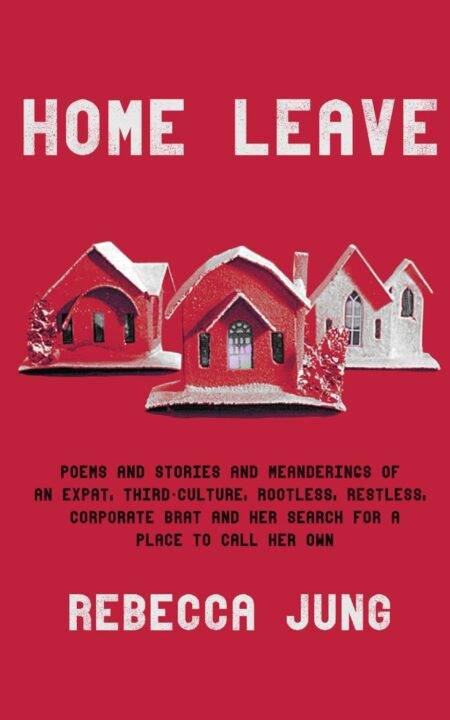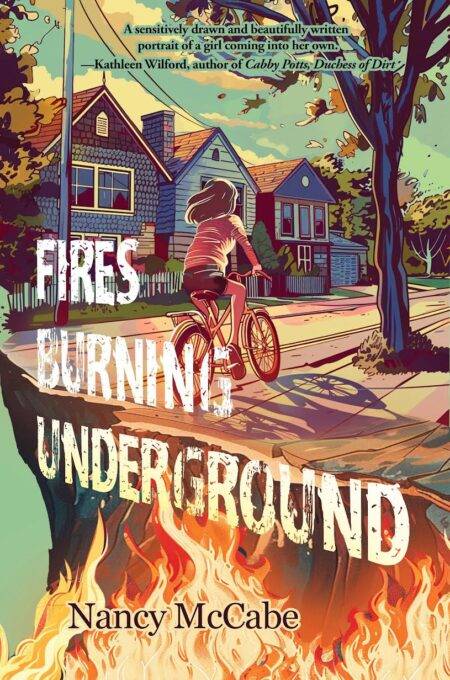“A Masterpiece.” —The New York Times Book Review (editor’s choice)
“In The Ruined House a ‘small harmless modicum of vanity’ turns into an apocalyptic bonfire. Shot through with humor and mystery and insight, Ruby Namdar’s wonderful first novel examines how the real and the unreal merge. It’s a daring study of madness, masculinity, myth-making and the human fragility that emerges in the mix.” —Colum McCann, National Book Award-winning author of Let the Great World Spin
Don’t miss out: Namdar will be visiting Rodef Shalom Congregation’s Conversation with the Author Series on March 21! UPDATE: THIS EVENT IS CANCELED DUE TO WEATHER!
From the Publisher: “Picking up the mantle of legendary authors such as Saul Bellow and Philip Roth, an exquisite literary talent makes his debut with a nuanced and provocative tale of materialism, tradition, faith, and the search for meaning in contemporary American life.
Andrew P. Cohen, a professor of comparative culture at New York University, is at the zenith of his life. Adored by his classes and published in prestigious literary magazines, he is about to receive a coveted promotion—the crowning achievement of an enviable career. He is on excellent terms with Linda, his ex-wife, and his two grown children admire and adore him. His girlfriend, Ann Lee, a former student half his age, offers lively companionship. A man of elevated taste, education, and culture, he is a model of urbanity and success.
But the manicured surface of his world begins to crack when he is visited by a series of strange and inexplicable visions involving an ancient religious ritual that will upend his comfortable life…”
About the Author: Ruby Namdar was born and raised in Jerusalem to a family of Iranian-Jewish heritage. His novel The Ruined House won the Sapir Prize, Israel’s most prestigious literary award. He currently lives in NYC with his wife and two daughters, and teaches Jewish literature, focusing on Biblical and Talmudic narrative. The English edition of The Ruined House (translated by Hillel Halkin) was published in the US by HarperCollins in November 2017.
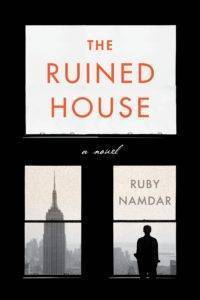 One clear morning, on the sixth day of the Hebrew month of Elul, the year 5760, counting from the creation of the world, which happened to fall on Wednesday, September 6, 2000, the gates of heaven were opened above the great city of New York, and behold: all seven celestial spheres were revealed, right above the West 4th Street subway station, layered one on top of another like the rungs of a ladder reaching skyward from the earth. Errant souls flitted there like shadows, one alone bright to the point of transparency: the figure of an ancient priest, his head wrapped in a linen turban and a golden fire pan in his hand. No human eye beheld this nor did anyone grasp the enormity of the moment, a time of grace, in which not a prayer would have gone unanswered-no one but an old homeless man who lay on a bench, filthy and bloated with hunger, shrouded in his tatters, wishing himself dead. He passed instantly, without pain. A blissful smile lingered on his face, the smile of a reprobate, his penance completed, granted eternal rest.
One clear morning, on the sixth day of the Hebrew month of Elul, the year 5760, counting from the creation of the world, which happened to fall on Wednesday, September 6, 2000, the gates of heaven were opened above the great city of New York, and behold: all seven celestial spheres were revealed, right above the West 4th Street subway station, layered one on top of another like the rungs of a ladder reaching skyward from the earth. Errant souls flitted there like shadows, one alone bright to the point of transparency: the figure of an ancient priest, his head wrapped in a linen turban and a golden fire pan in his hand. No human eye beheld this nor did anyone grasp the enormity of the moment, a time of grace, in which not a prayer would have gone unanswered-no one but an old homeless man who lay on a bench, filthy and bloated with hunger, shrouded in his tatters, wishing himself dead. He passed instantly, without pain. A blissful smile lingered on his face, the smile of a reprobate, his penance completed, granted eternal rest.
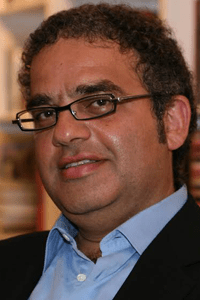 At that exact hour, not far away, in a trendy café in the lobby of the Levitt Building, which looked out onto Washington Square Park, Andrew P. Cohen, professor of comparative culture at New York University, sat preparing the opening lecture of his course “The Critique of Culture, or the Culture of Critique?: An Introduction to Comparative Thought.” It was required for students majoring in comparative culture, and Cohen taught it every fall. Cohen specialized in elegantly naming his courses, which attracted students from every department and were always fully enrolled. It was more than just their names, though. His courses were well conceived and well rounded. For all their incisiveness, their main strength lay in the aesthetic harmony of their superbly formulated interpretative models, which were easy to understand and absorb. In general, “elegant” was the adjective most commonly applied to anything bearing the imprint of Professor Andrew P. Cohen. The entirety of him merited it: his dress and appearance, his speech and body language, his ideas and their expression-all had a refined, aristocratic finish that splendidly gilded everything he touched. Although many attributed this special feeling to Cohen’s “charisma,” they were aware of the cheap inadequacy of the term. Charisma he had, for sure; yet there was something else, too, something elusive. A student of his, Angela Marenotte, a bright young filmmaker who specialized in advanced visual technologies, once articulated it: “He has an aura.” This remark was made in the cafeteria following Cohen’s weekly research seminar. Cohen hadn’t led the discussion that week. He sat alongside his students listening to a guest lecturer from gender studies who spoke about the covert sexual biases in the supposedly gender-neutral world of virtual reality.
At that exact hour, not far away, in a trendy café in the lobby of the Levitt Building, which looked out onto Washington Square Park, Andrew P. Cohen, professor of comparative culture at New York University, sat preparing the opening lecture of his course “The Critique of Culture, or the Culture of Critique?: An Introduction to Comparative Thought.” It was required for students majoring in comparative culture, and Cohen taught it every fall. Cohen specialized in elegantly naming his courses, which attracted students from every department and were always fully enrolled. It was more than just their names, though. His courses were well conceived and well rounded. For all their incisiveness, their main strength lay in the aesthetic harmony of their superbly formulated interpretative models, which were easy to understand and absorb. In general, “elegant” was the adjective most commonly applied to anything bearing the imprint of Professor Andrew P. Cohen. The entirety of him merited it: his dress and appearance, his speech and body language, his ideas and their expression-all had a refined, aristocratic finish that splendidly gilded everything he touched. Although many attributed this special feeling to Cohen’s “charisma,” they were aware of the cheap inadequacy of the term. Charisma he had, for sure; yet there was something else, too, something elusive. A student of his, Angela Marenotte, a bright young filmmaker who specialized in advanced visual technologies, once articulated it: “He has an aura.” This remark was made in the cafeteria following Cohen’s weekly research seminar. Cohen hadn’t led the discussion that week. He sat alongside his students listening to a guest lecturer from gender studies who spoke about the covert sexual biases in the supposedly gender-neutral world of virtual reality.
“You see,” Angela explained to the bespectacled doctoral student who had accompanied her through the emergency exit so that she could smoke a forbidden cigarette, “it’s not the ‘aura'” (her fingers sketched ironic quotation marks in the air) “that the phony New Age mystics talk about. It’s more like Hollywood or TV. You see it in celebrities, especially if they’re in a private setting away from the spotlight, at a party, or at some restaurant…They have this halo, as if they hadn’t removed their makeup and the lights were still on them. They’re shiny. Their skin actually glows… Come on, let’s go back.” She threw the burning cigarette butt on the floor and strode inside, the doctoral student on her heels. “They don’t look real. That’s the thing: they’re unreal. They’re like wax models of themselves, perfectly executed and lit. I suppose it’s an accomplishment of a sort to turn yourself into an icon and become a symbol of who you are or, better yet, of what you are. You know what I mean.” The doctoral student, who was slightly in love with Angela just as she was slightly in love with Cohen, nodded eagerly despite not being at all sure that she did in fact know.
In honor of the new semester, Professor Cohen was wearing a white suit that would have looked raffish and pretentious on anyone else. A green tie with scarlet embroidery completed the jaunty, somewhat amused look that he liked to cultivate. His whole person was characterized by a stylish boldness that tested the boundaries of good taste without getting dangerously close to them: the old-fashioned watch on his left wrist, the cartoonishly heavy-framed reading glasses, the Warholian shock of hair with its playful wink of gray. His table stood a bit apart, framed by a bright triangle of sunlight that seemed to elevate it slightly off the floor. Two young, pretty students giggled and whispered while stealing admiring glances at him from afar. Cohen smiled to himself as he leafed through his notes. He was used to the warmth of his female students’ adoring stares. But although he probably could have seduced almost any one of them, he was a man of moral fiber and almost never strayed from the ethics of his profession. His eyes flitted across the outline in front of him. He was not one of those professors who prepared obsessively for each lecture. He was a natural teacher, in firm control of his material, and anyway, he was at his best when he improvised.
High above, the celestial spheres went on swirling, one atop the other, each lit by a great, world-illuminating radiance.
Meanwhile, on earth, the cheerful bustle of the first day of the semester continued. Freshmen looked for their classrooms, first friendships forming as they collided in the hallways, guided by the preferences and predilections that would determine their adult lives. Professors strolled back and forth, their self-importance concealed by facades of blithe nonchalance. Department secretaries scowled at anyone who dared enter their offices to ask a question or request assistance. Cohen was the sole person to notice something-something different and momentous that took sudden command of him and moved him inexplicably. He jotted a few words in the margins of his notebook and was about to turn the page when all at once, for no apparent reason, he felt an odd stirring in the pit of his stomach, an aching longing for . . . he didn’t know what. His vision clouded. Although he kept staring at his notes, he could no longer read his own handwriting. The outline of his lecture looked like hieroglyphics, a riddle he couldn’t make out. His heart felt like bursting; his eyes filled with what appeared to be two large, round tears about to overflow.
The whole strange episode didn’t last long-no more than a moment or two. The skies shut and the ascending ladder of light slowly faded. A final glitter of gold flickered in the misty distance, then all reverted to its former state, as though nothing out of the ordinary had occurred. Cohen pulled himself together. His fingers gripped his empty espresso cup, absentmindedly tilting it to his lips. A last, thick, bitter drop rolled onto his tongue and brought him back to his senses. His eyes focused on his notes again. The letters re-formed into words, and the words into sentences. Everything, almost, was as before. The hand he had extended toward the knot in his tie, as though to loosen it, returned awkwardly to the table. What on earth had gotten into him? He hadn’t felt so close to tears in years.
Excerpted from The Ruined House by Ruby Namdar. Copyright © 2017. Excerpted by permission of HarperCollins. All rights reserved. No part of this excerpt may be reproduced or reprinted without permission in writing from the publisher.


